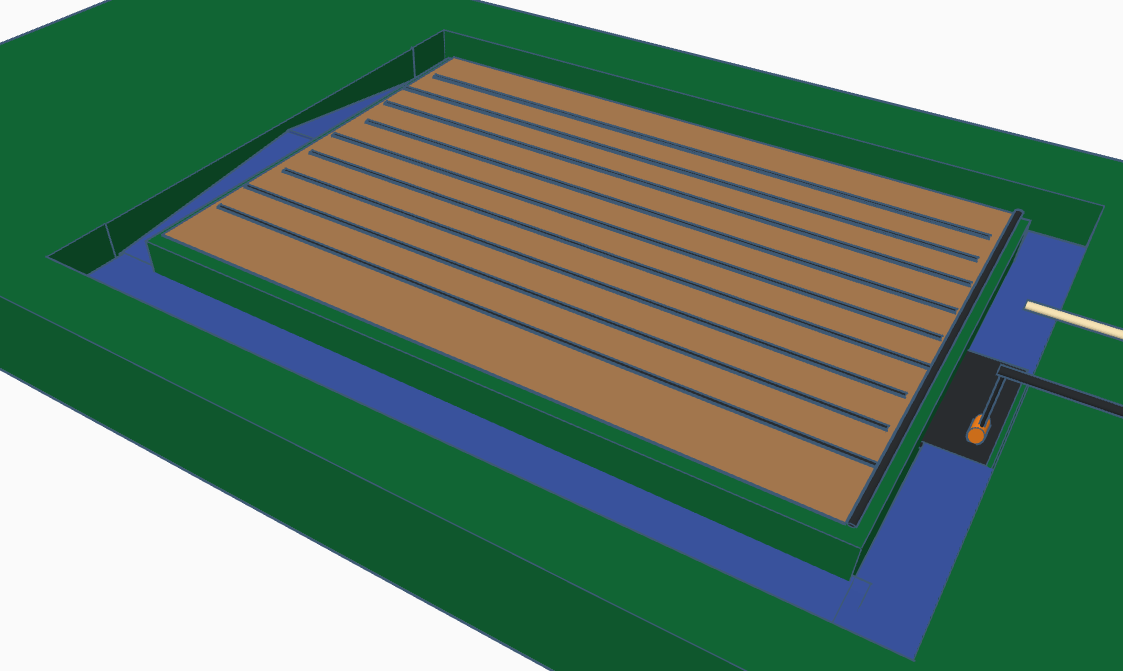

University of Toronto Engineering Kompetition
As a part of the University of Toronto Engineering Kompetition (UTEK), my teammate Gawthaman Senthilvelan and I entered the re-engineering competition to improve the efficiency of the wastewater treatment process. We ended up placing second at UofT, which allowed us to represent our school at the Ontario Engineering Competition (OEC) hosted at Queen's University to tackle another wastewater re-engineering case.
Our Solution
At UTEK, we were given a general problem statement; improve the efficiency of the wastewater treatment process. My partner and I decided to increase the temperature at which the water is heated to a) break down more organic waste and b) create a renewable solution. Using water at elevated temperatures (thermophilic conditions) produces more biogas, a key substance used to break down organic waste. Also, the additional production of biogas can be used in combined heat and power engines to fuel the elevated temperature levels, essentially creating a positive feedback loop.
Competition Details
Achievement
Second Place at UTEK
Focus Areas
- Wastewater Treatment
- Process Optimization
- Sustainability
Ontario Engineering Competition
Case 1: Howe Island Community Garden


Challenge
The community garden faced significant challenges from changing weather patterns, causing issues with irrigation and agricultural runoff. With a $15,000 budget, we needed to redesign the water system to prevent environmental contamination while ensuring the garden's survival.
Our Solution
Our design involves creating a moat around the farm to prevent agricultural runoff and collect precipitation, which is stored in cisterns for irrigation, ensuring year-round hydration for crops while preserving the environment. The system uses durable HDPE material, infrared sensors for water level monitoring, and is designed to be scalable and sustainable with minimal long-term maintenance.
Case 2: Howe Island Transportation


Challenge
Howe Island's aging ferries cannot meet the growing demand for transportation, with limited capacity, frequent maintenance, and outdated safety features. The community requires a new transportation solution that can accommodate 50 cars per hour, heavy farm equipment, and operate in extreme weather conditions, including winter ice. The design must connect to existing road networks, fit within the current docks, and prioritize the busier west crossing, focusing on environmental and safety standards while keeping costs minimal.
Our Solution
The proposed design to Howe Island's transportation problem is the construction of a one-lane cable-stayed bridge at the West Crossing, replacing the aging, high-maintenance ferry system. The steel bridge, designed to handle heavy traffic and environmental conditions, will reduce long-term maintenance costs, provide reliable year-round access, and minimize environmental impact, making it a sustainable, efficient solution for the island's growing population.
Learning Outcomes
While Gawthaman and I could not progress to the national level, we learned a lot about wastewater systems, system engineering, and working under pressure (given ~24 hours for each case). I look forward to participating in OEC 2025!